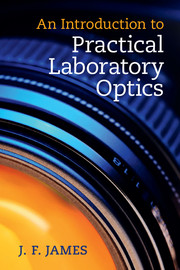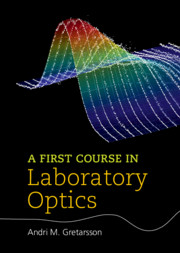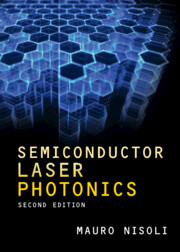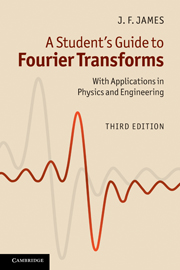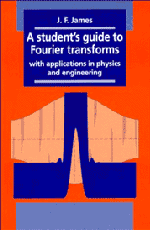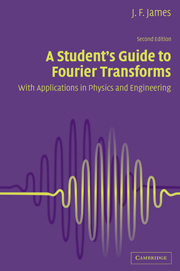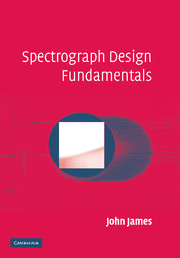An Introduction to Practical Laboratory Optics
Aimed at students taking laboratory courses in experimental optics, this book introduces readers to optical instruments and their uses. The book explains the basic operation of lenses, mirrors, telescopes in the laboratory and under field conditions, how to use optical instruments to their maximum potential and how to keep them in working order. It gives an account of the laws of geometrical optics which govern the design, layout and working of optical instruments. The book describes the interactions of polarised light with matter and the instruments and devices derived from this, and discusses the choice of spectrometers and detectors for various spectral regions, with particular attention to CCD cameras. The emphasis throughout is on description, with mathematical precision confined to the appendices, which explain the ray transfer matrix and outline the Seidel theory of optical aberrations. The appendices also introduce Fourier methods in optics and Fourier transform infra-red spectrometry.
- Explains the principles underlying the optical instruments commonly used in scientific research and analysis, preparing students for the instruments and experiments they will meet in the laboratory
- Gives instructions and advice on the proper use and care of optical instruments and devices
- Illustrates the methods and applications offered by optical devices in scientific research
Reviews & endorsements
'James writes so well and includes so many personal and historical lessons learned that I had difficulty putting this book down … It is perfect for a pre-job-interview review of hands-on optics. When you get to the last page you will still be hungry for more, which makes the three appendices even more welcome. [The book] is excellent and the best one I have reviewed this decade.' George Fischer, Optics and Photonics News
Product details
September 2014Paperback
9781107687936
196 pages
227 × 151 × 10 mm
0.33kg
80 b/w illus.
Available
Table of Contents
- 1. Introduction: centred optical systems
- 2. Telescopes and binoculars
- 3. Eyepieces, eyes and colour
- 4. Cameras and camera lenses
- 5. The scientific CCD camera
- 6. Spectrometry
- 7. Interferometers and their uses
- 8. Electro-optical effects and their uses
- 9. Microscopes and projectors
- 10. Siderostats and coelostats
- 11. The detection and measurement of radiation
- 12. Practicalities
- Further reading
- Appendices
- Index.

